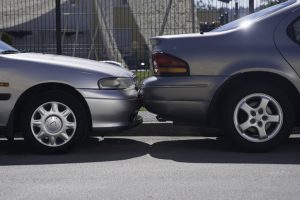 By Shawn Conrad, CAE
By Shawn Conrad, CAE
It may be hard to remember simpler times when we weren’t dealing with a global pandemic and the top trend and topic for our industry was curb management. It’s even harder to fathom that only a year ago, parking enforcement and specifically chalking tires was being deemed unconstitutional.
During the spring of 2019, the 6th U.S. Circuit Court of Appeals in Cincinnati revisited a case in which a plaintiff argued that the parking enforcement practice of chalking tires constituted an unreasonable search under the Fourth Amendment to the Constitution. This was troubling news to many who used this enforcement practice, and was heavily discussed during the 2019 IPMI Conference & Expo in Anaheim.
Fast forward a year and there is welcome news coming out of a recent Appellate Court ruling. To find out all the details, be sure to read attorney Michael Ash’s article in the November issue of Parking & Mobility magazine. Michael, our legal columnist, provides a complete background on the court’s recent opinion and how it validates parking enforcement’s role in promoting safe use of our roadways and provides equal access to limited spaces and a means to enforce parking ordinances. Be sure to look at the digital issue of Parking & Mobility in your email next week–Michael’s article begins on p. 8.
As to the Constitution, it is best to remember what Benjamin Franklin said: “No gains without pains.”
Shawn Conrad, CAE, is IPMI’s CEO.

 Parking and mobility professionals knew this was coming: As more mobility options hit the market, competition for curb space is growing. A unique partnership in one city is trying to strike balance between users before the situation grows any more challenging.
Parking and mobility professionals knew this was coming: As more mobility options hit the market, competition for curb space is growing. A unique partnership in one city is trying to strike balance between users before the situation grows any more challenging.